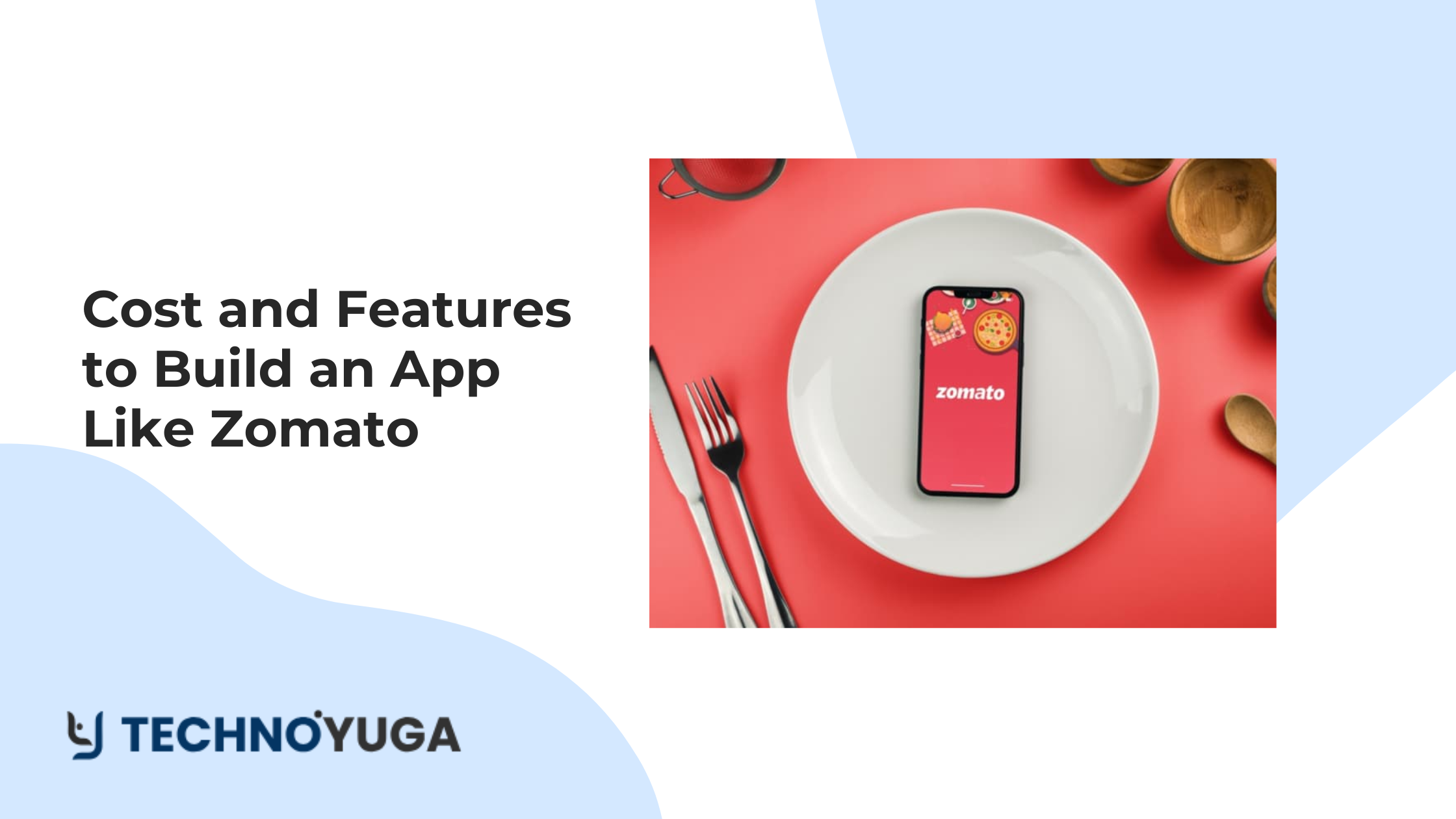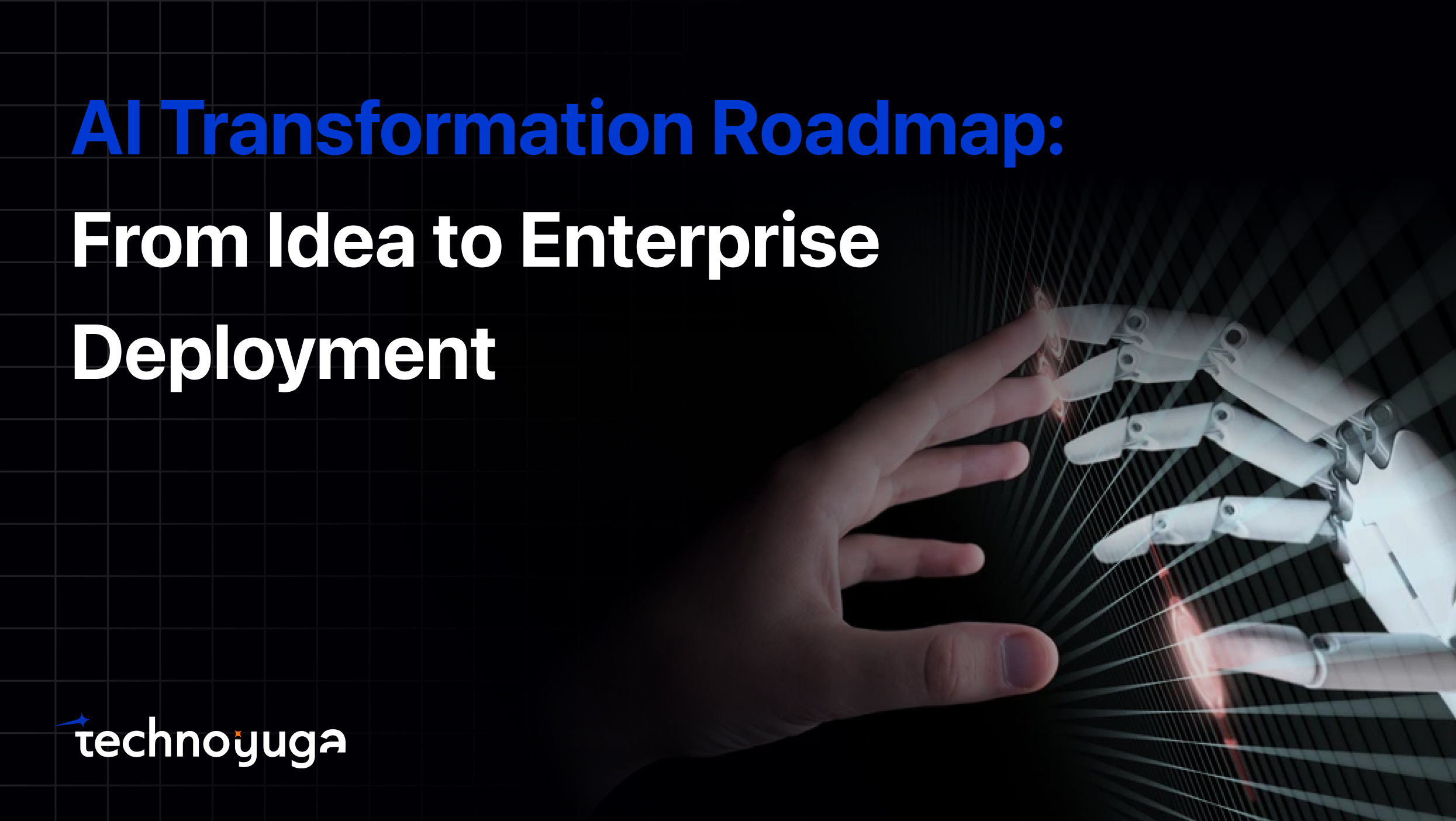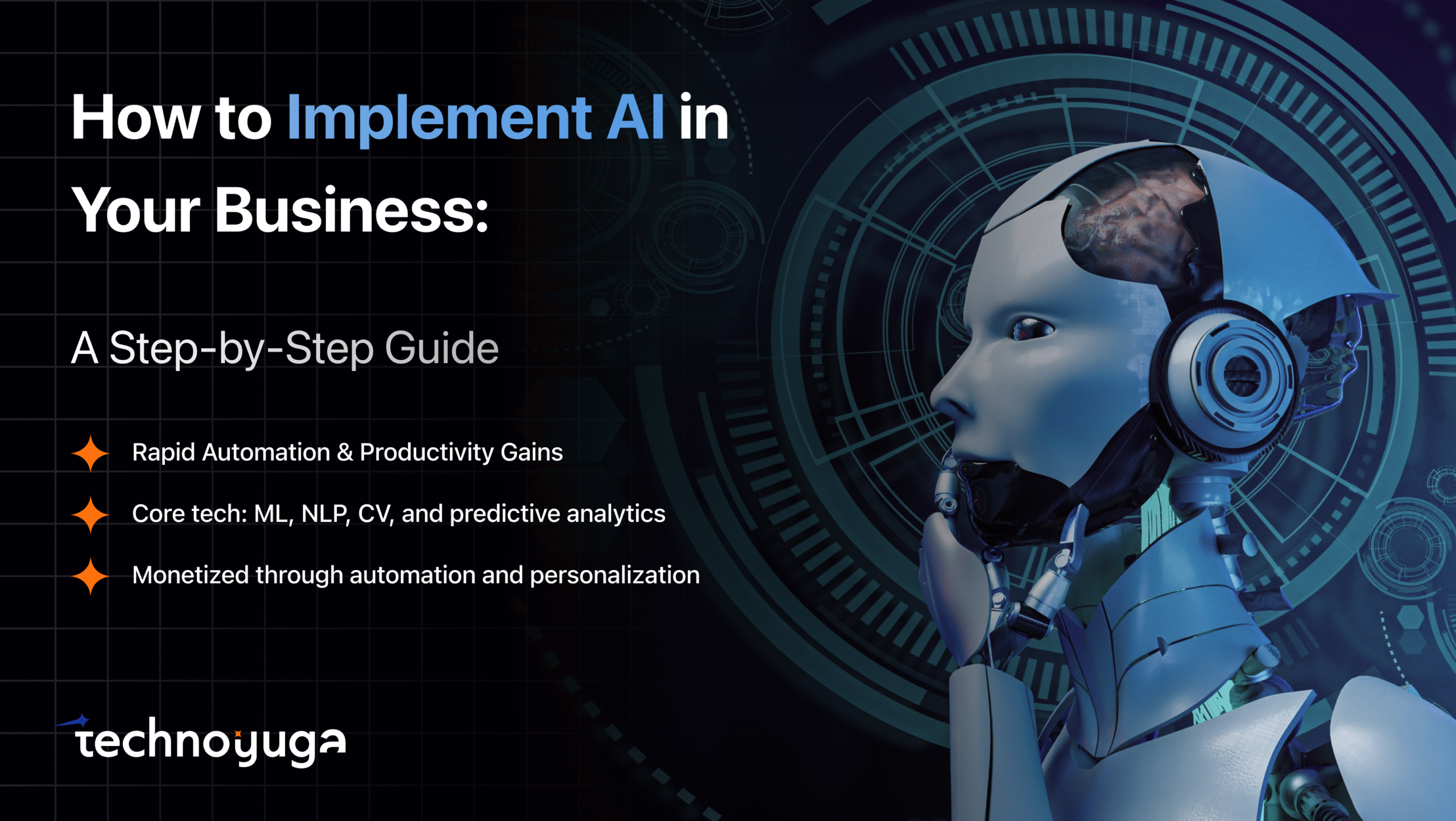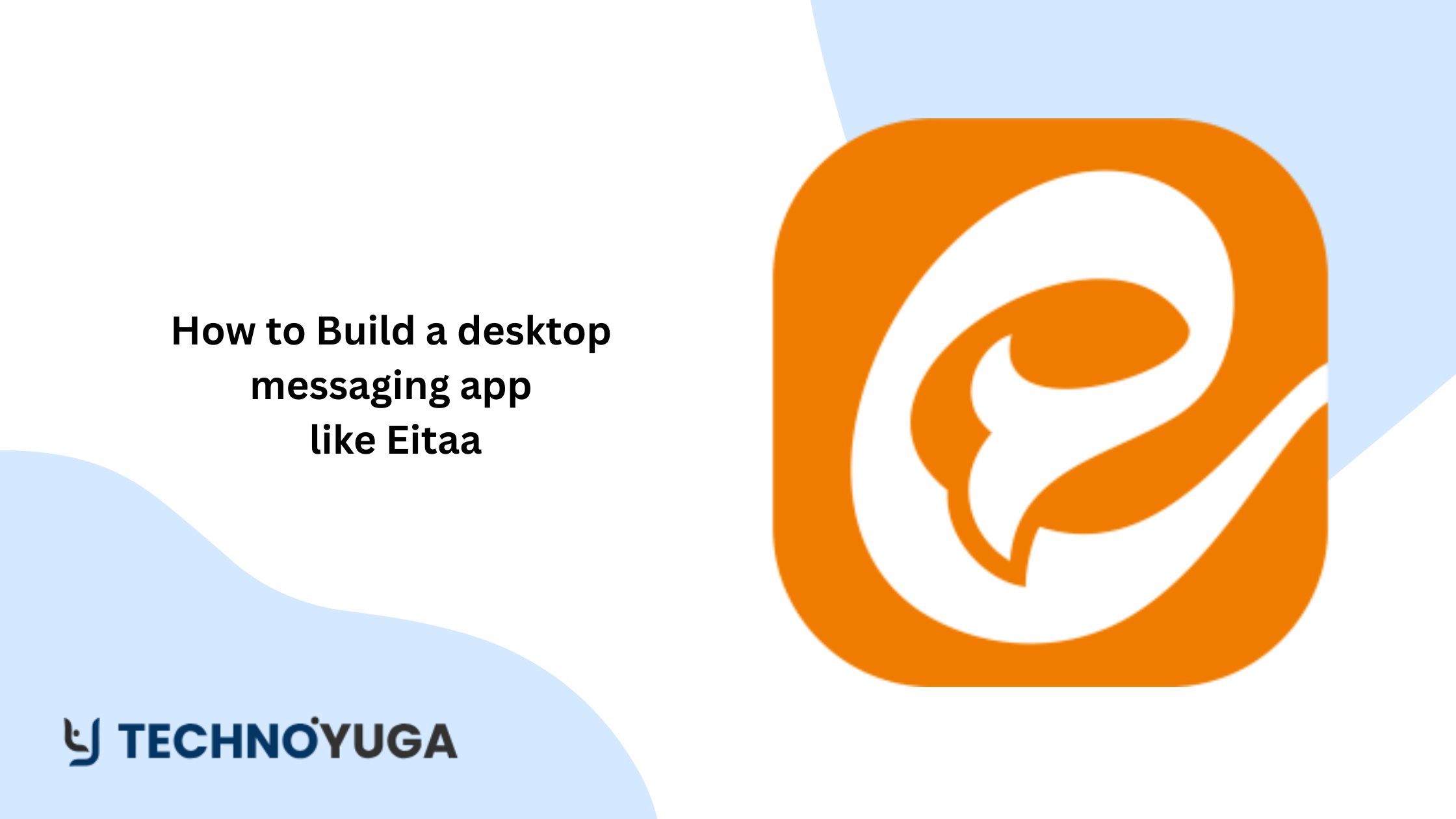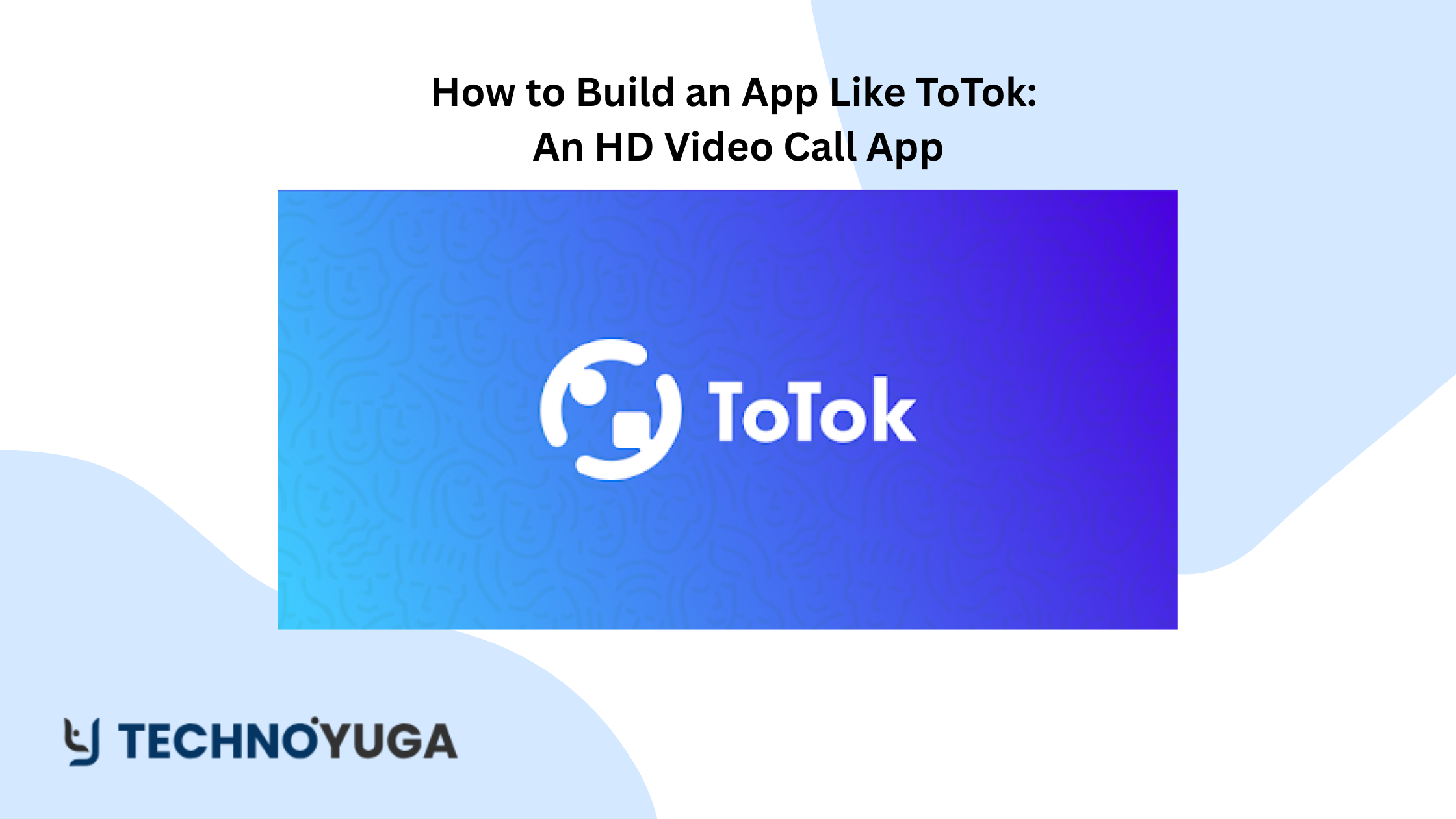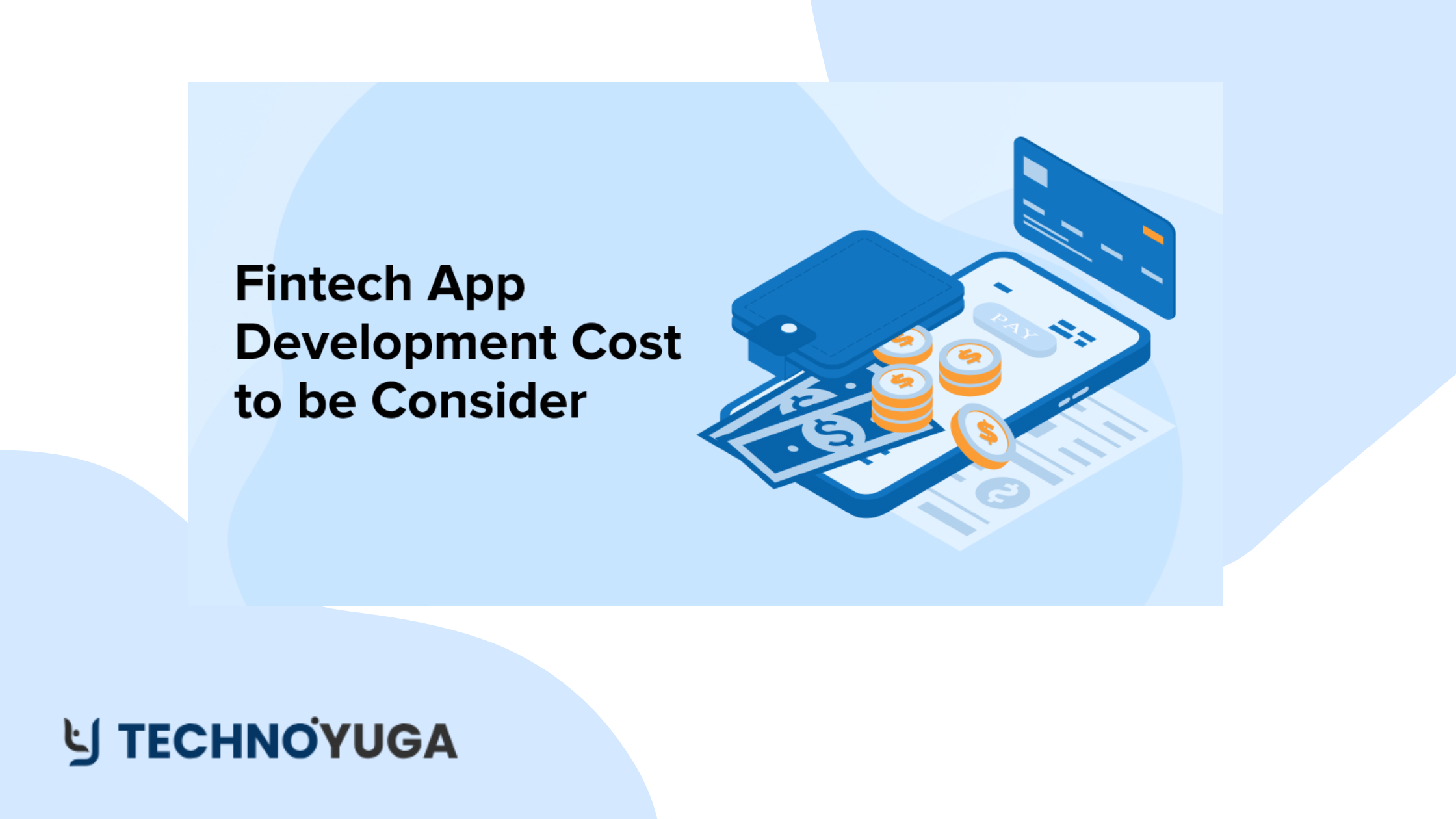Zomato was launched a few years ago and has grown to be a leading food delivery service provider through its easy to use application and numerous restaurants. Being one of the first players in the market of online food delivery, Zomato provides customers with all the necessary tools and options for ordering food from a restaurant of their choice, from perusing through the menu to dining at home. It has also revolutionized the process of ordering food and encouraged thousands of aspiring business owners to venture into this rapidly growing industry. Additionally, this idea inspiring many to Build an App Like Zomato.
As we analyze the cost of this app like Zomato, it is essential to consider various aspects of cost to be incurred in the process of creating an app such as this. It is not merely the creation of an application but rather a significant understanding of the user requirements, security, and overall methodology. In this guide, you will dissect the key factors that drive Zomato’s success and receive a breakdown of all the expenses you will need to cover to Build an App Like Zomato.
The overall food delivery industry has shown continuous growth in recent years, and it has never been easier to assess the opportunity of creating your own application. The opportunity in the global market for online food delivery is set to reach $320 billion by 2029 primarily due to shifting consumer trends, rise in Internet accessibility, and customers’ shift towards one-stop shopping experiences.
At the end of this guide, you will know everything you need to know regarding the creation of a food delivery application like Zomato and how to succeed in this niche.
Overview to Zomato
Before understanding how much does it cost to Build an App Like Zomato It is a food delivery app and restaurant search engine based in India and is operational all over the world which was founded in the year 2008. Although initially conceived as an application for restaurant discovery and reviews, Zomato was able to pivot and start offering its users the opportunity to order food online and have it delivered to their doorstep.
The available services the platform aims at providing include the ability to browse through the restaurant’s menu as well as other customer reviews, ratings, among others, track orders in real-time. The idea is that Zomato is a convenient, sufficiently diverse, and unnoticeably incorporated service that has become a necessity in the lives of millions of people around the world.
In recent past years, Zomato has also expanded in other niches, for instance table bookings as well as providing solutions for restaurant management, making it an even more important and relevant part of the food and hospitality space. Ever since the services started expanding its business across the globe, doing businesses in over twenty countries, Zomato has transformed the manner by which people get to know or order different foods, and even how they relish them.
Key Features to Consider To Build an App Like Zomato
User Panel Features
User Registration/Login
On a platform like an app for ordering food, it is crucial to incorporate user sign-up and sign-in capabilities so that a user can sign up for a specific app to use personalized options. The normal procedures include inputting profile details such as name, email address, phone contact and creating a password. Still, users can check ‘sign up with Google’ or ‘sign up with Facebook’, which makes this step more convenient.
The signed-in users can also set their preferences after they log in, as well as track their orders and receive recommendations. A good example is the login information where user information is safe and the incorporation of 2FA makes the account more secure. Easy registration or login options are significant for the customer retention since this could form the impression of the whole process in the app.
Restaurant Search and Filters
Restaurant search and filters are one of the essential modules of the application like Zomato that helps the users in searching out their preferred food or restaurant. Users can search for specific restaurants by name, type of cuisine offered, or geographic location.
The filters improve the usability by letting users refine results by price, ratings, delivery time, and dietary restrictions (vegetarian, vegan, etc). The availability of this feature makes it easy for users to filter through all the restaurants within the app and locate the one that best suits them. With the search & filter system being improved, it also improves the general satisfaction of users, allowing them to explore new restaurants or order their favorites with only a few easy swipes of their fingers.
Menu Viewing
Menu viewing is a core component of an application for food delivery since it enables users to preview the dishes available at a restaurant prior to ordering. Customers can get all the necessary details such as description, ingredients, portion size, and price of the menu items. The menu items come with high quality images of the dishes which assists users in their choice of what to order.
Besides, the app might show the parts of the menu that are particularly relevant, such as the most popular or recommended meals. Promotions are also common on a menu page through combos and special offers that entice the users to avail of promotions. A good viewing experience of the menu is very important in making the users place an order from the menu.
Order Placement
One important functionality in an app like Zomato is the ability of users to select preferred dishes, make any necessary alterations to their order and check out. It can be initiated not earlier than the moment users have added something into the cart. Customers can examine their order, modify details or delivery/pickup methods according to their preference.
Users also have the option to enter loyalty points or a discount code, or choose a preferred payment option. The ease of placing an order is a crucial aspect that must not be compromised since it contributes to the overall user experience. When the order is placed, users are provided with an order number, and the details of the order are forwarded to the restaurant. Minimizing this process decreases the number of barriers that users may encounter when fulfilling their orders.
Real-time Order Tracking
This integration is used to track orders in real-time which helps in making the user experience more transparent and less ambiguous. Users can also follow the state of an order from preparation to shipping after placing an order. Sometimes, the status of the order may be seen in the app with labels like “Order Confirmed,” “Preparing,” “Out for Delivery,” and “Delivered.” Additionally, customers are able to view the delivery time expected and track the delivery person in real time.
This feature not only serves the purpose of notifying users but also assists in controlling their expectations and consequently improves their levels of satisfaction. If there are any delays the user is informed as soon as possible if any assistance is required the user can contact customer support. Introducing the ability to track the order in progress is another feature that has now become mandatory in food delivery apps, as it contributes to enhanced user confidence.
Payment Gateway Integration
Payment integration feature is another important feature whereby users are able to complete their orders using secure payment methods. App usually accepts credit/debit cards, net banking, mobile wallets, and even Cash on Delivery. Compatibility with reliable payment processors guarantees that transactions will occur swiftly and securely without exposing the users’ data.
One of the benefits of the application is that customers can store their information to apply when ordering a new product. Accepting our money in various ways satisfies the users needs and also makes the whole experience interesting and enjoyable. Payment is stronly related to satisfaction, because any problems at this stage may cause frustration and order cancellation.
Reviews and Ratings
An aspect called reviews and ratings is crucial for establishing user confidence and providing users with a better way of deciding where to order from. Users also have the option to give a rating to the received meal on a scale, typically from 1 to 5 stars, or provide a review of the meal quality, the delivery services offered, and the overall experience.
These reviews are posted on the restaurant profile to assist further users on whether to trust the restaurant and on the quality of their food. Recommendations and high ratings make customers flock to those restaurants whereas complaints give the restaurants perception of what they lack. It also contributes to building a community where users read experiences from other people before being influenced to make their choices. The key to app credibility and user satisfaction is to present the material in an open and truthful manner.
Loyalty Programs and Discounts
Forces like loyalty programs and discounts are strategic incentives that aim at ensuring people frequently use the products to earn their loyalty. The application may assign points for each order made and these points may be used to offset the price of subsequent orders. Furthermore, this might involve getting the user offers and discounts on another order or free delivery or some other exclusive restaurant offers.
Many apps also have membership programs that entail such privileges as having priority delivery, extra discounts, or access to better places to eat. These incentives help the app achieve customer retention and keep the users coming back. Loyalty programs/Discounts also motivate consumers to choose this app for future orders as they offer a huge value addition to the users of this app.
Customer Support (Chat/Call)
Customer support can be said as the basic necessity that helps to guarantee the users comfortable interacting with the product even in the case of encountered malfunctions. The app usually has multiple support contacts which the user can contact the developers through a chat within the app, through a call or through email in case of support issues or queries. Regardless of a delayed order, a payment issue or questions pertaining to a particular dish, users can easily contact the support team.
There are also self-service features in some of the applications that include the chatbots that respond to most frequently asked questions. Of all the fields, it is essential to establish good long-term relationships with regular clients, and here, customer support plays a significant role because sometimes a timely and constructive answer can prevent the user from getting frustrated. It is important to provide users with the ways to get necessary assistance to mark that they are not alone during the usage of application.
Restaurant Panel Features
Restaurant Profile Management
Restaurant Profile Management enables restaurants to post and edit information about their food joint on the application. This feature consists of entering such information as the name of the restaurant, its address and phone number, working hours, and photographs. It is also very useful for restaurants to post special messages, promotions, events or if they need to make changes of operations.
The reason for this is to assist the restaurants to appear online most of the time for customers to be able to notice and select the restaurants out of the numerous ones available. By having an organized and appealing profile, more customers are reached and they are provided with all the information that is needed to help them in ordering their foods.
Menu Management
Menu Management is an integration that makes it easy for restaurants to upload, edit, and categorize menu items on the app. This feature enables the restaurant to include additional details, price and images for each delicacy offered, and enhances the menu for customers’ appeal. Restaurants can also advertise specials or specific dishes and change their items or stocking based on that. Good management of a menu is very important as it can help the restaurant guide the customers on what is best as per their order, which can help in increasing sales.
Order Management
Order Management is among the most important features that help the restaurants in managing the orders from different customers. It also offers a real-time view of new, in-process, and finished orders. Managers or owners of restaurants can confirm or deny orders, edit the status of the order, and send messages to delivery staff or customers if required. It also makes it easier to manage the orderly of foods and ensure that all orders are properly prepared and delivered as agreed. A well-implemented system for order management minimizes mistakes, improves customer experience, and lets restaurants efficiently complete multiple orders throughout the day and during rush hours.
Payment Tracking
Payment Tracking also aids restaurants in keeping track of revenue derived from orders placed via the application. It shows a detailed payment received section giving details of the total sales, commission earned by the platform, and taxes if any. From another perspective, restaurants can keep track of payment statuses, review transaction histories, and prepare necessary accounts. One key benefit of using payment tracking is that all the financial transactions made by restaurants are easily seen and this makes the management of affairs easier with less chances of embezzlement.
Customer Interaction and Feedback
Customer Interaction and Feedback aspects enable restaurants to interact with their customers through the app. It allows restaurants to reply to customers’ questions, address concerns, and also recognize reviews or ratings. This increases the probability of having a positive relationship with the customers because it signals to them that the restaurant cares for their opinion and is willing to make changes that would benefit them. Customers’ suggestions are also useful as they can point out areas that need strategic adjustment by the restaurants in terms of service delivery, menu offerings or in general to enhance the satisfaction and loyalty levels of the customers.
Promotions and Offers Management
Promotions and Offers Management is a feature that lets restaurants set up and manage promotions, discounts, and offers right within the application. Some ideas are to create special promotions that are valid for a limited period or to create ‘happy hours’ during which customers can purchase certain meals at more reasonable prices. It also allows them to reach specific niches of consumers with specific offers depending on the previous orders or other preferences. Thus, promotions are among the key features for restaurants that will make them more visible on the platform, attract more orders, and engage customers. Moreover, such promotions are easy to manage from the unified control panel.
Analytics and Reporting
Analysis and Reporting help restaurants analyze their performance on the platform and identify areas that need improvement. This scenario provides specific sales and utility reports on different segments of the business including; sales, preferred foods, customers and their appraisal. This information can be helpful to restaurants, for instance, to adapt the menu, change the prices, or create specific promotions. Customer behavior patterns and market dynamics are therefore useful concepts to a restaurant in enhancing efficiency and consequently profitability. Such an approach makes it possible for the restaurants to be able to market themselves and expand their business in the long run.
Delivery Panel Features
Registration/Login
The Registration/Login is the first service provided in the application for the delivery personnel. For example, it enables the drivers to sign up with the app using the details such as name, phone number, and email address. They may also require identity documents such as a driver’s license or details of the car to be picked. After registration, the driver is able to sign into the platform with their login details. This feature allows only the authorized and verified personnel to access the delivery system hence enhancing safety and reliability for both the customers and the restaurants.
Order Notifications
Order Notifications are used to alert delivery drivers when new delivery orders have become available. When a customer makes an order, an alert is made to the nearest driver with information such as the restaurant location, the customer’s address, and the ordered items. The driver is then able to confirm the delivery and decide whether to go forward with it or not. These notifications guarantee to inform drivers instantly of new possibilities to complete more deliveries and avoid any work overload or missed opportunities.
Route Optimization and Navigation
Route Optimization and Navigation functions enable delivery drivers to locate the shortest and quickest routes to the intended place. As the app employs GPS navigation and real-time traffic information, it can recommend which ways are optimal, saving time on the trip and avoiding traffic jams. This feature is crucial for on-time delivery, enhancing customers’ satisfaction, and enabling drivers to deliver more in less time. It always uses various recognized map services, for instance, Google, to give directions and easily navigate around unknown territories.
Real-time Delivery Tracking
It enables a delivery agent to make updates about an order’s progress and gives the customer a method of tracking the order. The feature is also useful for the delivery agent, as they get to see the current location of their current location, expected delivery time, and any changes in the routes. Consumers also have the ability to track the status of the delivery in real time and even be aware of when the food will get to them. It also assists in controlling expectations and it also cuts down on customers’ assistance questions. Moreover, it assists delivery agents to manage their schedules effectively and prepare for the future deliveries.
Payment and Earnings Tracking
Another functionality that cannot be overlooked is the payment and earnings tracker that assists the delivery personnel in keeping track of revenues. It gives a comprehensive description of the completed deliveries, payments, and tips or bonuses earned therein. It is possible for delivery agents to see how much they have earned through the app at any given time, which is good for financial planning. It also enables them to monitor any outstanding payments that are due to them, as well as comprehend how their revenues are computed, including commissions and deductions. This transparency in payment processing increases confidence in the payments made hence delivery agents are compensated fairly for their work done.
Delivery History
The delivery history feature allows the delivery agents to see all the deliveries they have completed. This entails the delivery date, time, the restaurant, the customer address, and the delivery earnings of each delivery. Availability of this history assists delivery agents by providing them with a way to track their performance and compare it over time. It also helps in case there is any concern or a problem to address in the course of the previous deliveries. The existence of this feature enables the delivery agents to be well accounted for and informed specifically concerning their past activities.
Admin Panel Features
Dashboard and Analytics
The dashboard is the most important part of the admin panel and serves as the control panel where all activities happening within the app are easily visible. For example, it shows such performance indicators as the number of completed orders, active consumers, earnings, delivery, and efficiency in real time.
Administrators use analytics to discover trends, people’s behaviors, and restaurants and can make decisions based on these insights. Administrative access gives the admin easy ways of evaluating and analyzing any potential issues with the app or marketing campaigns. The toolkit means that all essential data is presented in a single place, and it is easy to find and comprehend all the key figures.
User Management
The user management is another key feature that enables all the admins to monitor and control all users on the platform. This includes customers, restaurant partners as well as delivery drivers or riders that are involved in the delivery businesses. Users can make friends and send them messages, post content, invite people, and edit their profiles while performing other activities.
For this reason, they can also pause or remove users’ accounts to ensure that the platform is not compromised. Online tools in managing users reduce risks which can affect the safety of everyone involved through provision of easy and effective ways by which administrators can attend to any complaints or violation of the terms and conditions set.
Restaurant Management
With restaurant management features, it is possible for the admins to have control over the restaurants which are court in the application. This also covers restaurant profiles, menus, restaurant statuses (open/closed status among others), and ensuring the correctness of all the information listed.
Admins can also be managing the operation of getting new restaurants on board by assisting them to create their profile and link up their systems to the application. Restaurant management guarantees user utilization and restaurants’ operations flexibility when it comes to offering assortment of meals and interacting with the customers.
Order and Delivery Management
Order and delivery management tools make it possible for the admins to manage and monitor the entire placement of the order and delivery of the product. It also allows admins to track the status of orders and solve problems, change delivery personnel if necessary, and guarantee timely deliveries. This feature also gives information about the orders trends, busy hours, and delivery rates to enhance the company’s functions. The management of orders and deliveries is crucial to keeping the customers happy and ensuring that the delivery process is efficient even during the ‘peaks’.
Payment and Commission Management
The payment and commission management are critical since the application involves monetary transactions and commissions. The feature allows admins to monitor payments from customers, distribution of payments to restaurants and delivery people, and the platform fees. These include the setting of the commission rates, handling of refunds and payments disputes. It makes sure to pay all the concerned and rightful claimants in a justified and timely manner, making the platform trustworthy.
Customer Support Management
Customer support management enables admins to handle users’ questions, critiques, and concerns effectively. This feature is useful for the admin team because it allows them to filter out and sort the support tickets, distribute them correctly, and monitor their status. It also has features for handling frequently asked questions, live chat, and any other support and communication.
Marketing and Promotions Management
Marketing and promotions management features enable admins to set up, implement and track marketing activities in the app. This is helpful for admins as they can create vouchers, coupons and loyalty programs to make users stay and engage more. This feature also helps in measuring the efficiency of marketing campaigns, the level of users’ activity, and making the necessary changes. With the help of proper marketing and promoting among users admins can provide a high level of activity, more frequent orders, and general development of the platform.
What Will The Zomato app development cost?
Here’s the breakdown of cost to Build an App Like Zomato:
Basic Zomato-like App
Estimated Cost: $19000-$40000
- Features: It has basic user and restaurant panel, ability to place the order, payment gateway integration, basic admin panel, and simple User Interface/User Experience design.
Mid-Range Zomato-like App
Estimated Cost: It costs about $40,000-$80,000.
- Features: Additional user/restaurant panel features, order status tracking on the map in real-time, in-app messaging, notifications, rating/reviews, improved administration panel with analytics, and a better-looking UI/UX.
High-End Zomato-like App
Estimated Cost: $80 000 – $150 000+.
- Features: All such pro features like artificial intelligence for recommendations, integrated wallet inside the app, multiple language support, integration with the social networks, real-time tracking of users and app analytics, auto routing for delivery purpose, all-encompassing admin panel with various marketing resources, and elegant UI/UX design.
Ongoing Maintenance and Updates
Estimated Cost: It usually costs about 15-20% of the initial development cost every year.
- Includes: Special cases include the updating of codes to fix bugs, to meet up with newer operating systems, for server maintenance, and to add new features to products.
Factors Influencing the Cost:
- Development Team’s Location: Hiring an application developer for your project from North America or Europe would cost more, $100-$200 per hour, than if one hires from Asia which costs $25-$50 per hour.
- Number of Platforms: Having a separate set of applications built for iOS and the Android also amounts to more cost.
- Backend Infrastructure: Even in selection of the viable cloud solutions such as AWS or Google Cloud, costs may be influenced.
- Customization and Design Complexity: As the features of the app and its design become more specialized and different from other apps, the expense increases.
Conclusion
Build an App Like Zomato as a food ordering and delivery app must consider the necessity for the basic features, the integration of technologically and the aesthetics in the user interface to suit the clientele, restaurants, and delivery persons. Development costs can start from $20,000 for simple applications to $150,000 plus for the finished, highly specialized application. It is important to understand these costs and the features you need in order to properly plan your budget and to succeed in the growing food ordering and delivery industry. In the right approach, these applications can effectively create profit streams based on the continuously increasing popularity of convenient food delivery services. In this process, strive to develop a friendly, and highly functional interface for a website that would leave a good impression in the context of rather intense competition. Therefore this proves that if quality development and continuous improvement is made on this app, it has the potential to flourish in this growing market.
